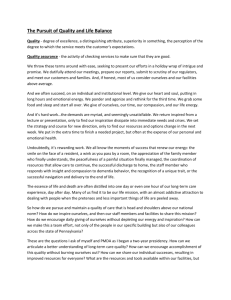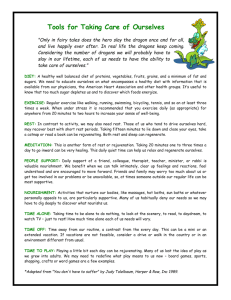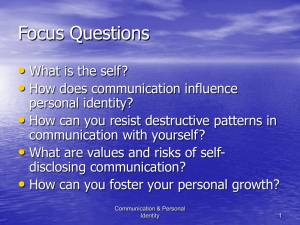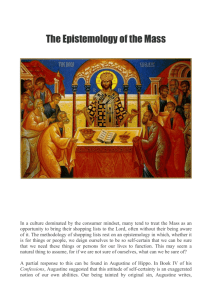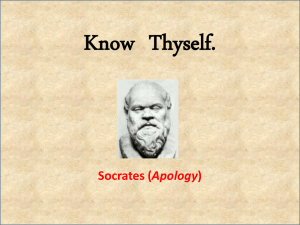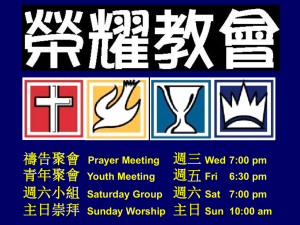Communication and Personal Identity - Chapter 9
advertisement
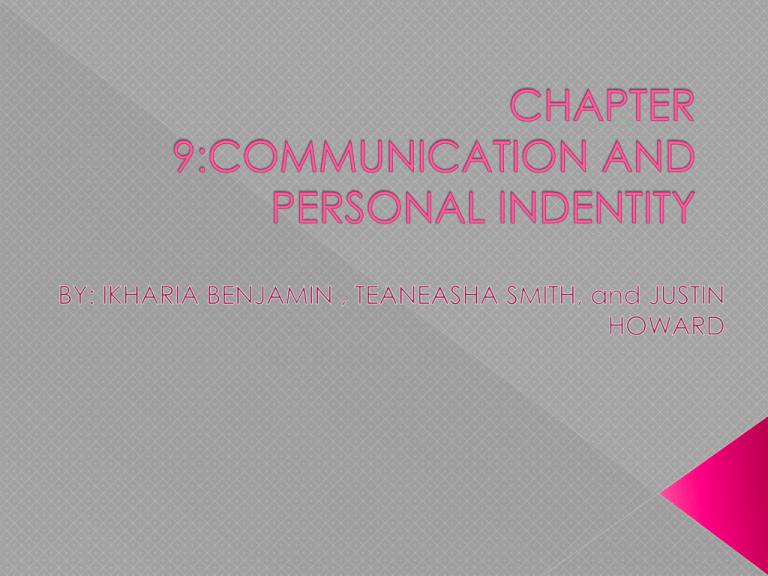
Self: an ever-changing system of perspectives that is formed and sustained in communication with others and ourselves. http://www.youtube.com/watch?v=h5-HcnLBT3A 2:17 Self consists of: views about ourselves, others, and social life that arise out of our experiences and interactions with others. Physical Self: Height, weight, eye color, color of your skin, abilities and disabilities. Emotional Self: reflects how sensitive you are, if you have a temper, and etc. Cognitive Self: your intelligence and intellectual aptitudes. We are not born with a clear understanding of who we are and what our values are, instead we develop these understanding by communicating with others who tell us who we are, what, we should and should not do, and what is expected of us. Race, gender, sexual orientation, and socioeconomic class all contribute to the way society shapes self. Self is shaped by the perspectives of individuals who matter to us. These people are known as particular others, who also shape how we see ourselves. Example: Family members, peers, and others who are significant to us. Others shape our understandings through their attachment styles, which are patterns of care giving that teach us how to view ourselves and personal relationships. Secure Attachment Styles- develops when a child’s primary caregiver responds in a consistently attentive and loving way to a child. Fearful Attachment Styles- when the primary caregiver communicates in a negative, rejecting, or even abusive ways to a child. Dismissive Attachment Styles-caregivers who are uninterested in, rejecting of, or abusive toward children. Anxious/Ambivalent Attachment Style- inconsistent treatment from the caregiver Examples: http://www.youtube.com/watch?v=29hzaoWOksE http://www.youtube.com/watch?v=jEUuC7XNQYY http://vimeo.com/31267878 Life Scripts: Rules for living and identify; our roles, how we are to play them, and the basic elements of what our families see as the right plot for our lives. The process of seeing ourselves through the eyes of others is called reflected apprasal. Direct definition: communication that explicitly tells us who we are by labeling us and our behaviors. Examples: “You’re a strong boy”, “You’re smart”, and “You’re stupid”. Self-fulfilling prophecies: expectations or judgments of ourselves that we bring about through our own actions. http://www.youtube.com/watch?v=vvZbCh5DUMU 00:18 Social comparison: rating of ourselves relative to others with respect to our talents, abilities, qualities, and so forth. Self-disclosure: personal information about ourselves that others are unlikely to learn on their own. Uncertainty reduction theory: people find uncertainty uncomfortable and so are motivated to use communication to reduce uncertainty. Commit to personal growth by setting realistic goals: Examples: 1. If you’re a shy person, its realistic to speak up more. 2. If you want to be more social, don’t sit in your dorm room, instead get out and meet new people or attend more social events. Being realistic also involves making fair assessments for ourselves. This requires us to make reasonable social comparisons, place judgments of ourselves in context, realize that we are always in a process, and asses ourselves in the perspective of time. Examples: 1. Comparing your academic work to a genius is not appropriate , but is reasonable to compare against others who have the same intellectual abilities and life situations as you. : Self- sabotage telling ourselves we are no good, we can’t do something, there's no point in trying to change, and so forth. This defeats us because it undermines our beliefs in ourselves. Uppers: people who communicate positively about us and who reflect positive appraisals of our self worth. http://www.youtube.com/watch?v=PAAc8BstU9M 7:33 Downers: people who communicate negatively about us and our worth. Vultures: extreme downers who attack our self- concept and initiate harsh criticism of us. http://tinyurl.com/obls7wv 63:00 PLEASE NOTE: Chapter summarized from information found in: Wood, Julia T. (2014). Communication Mosaics: An Introduction to the Field of Communication. 7th Edition. Boston, MA: Wadsworth. These student lecture notes provide a brief summary of Wood’s discussion on verbal communication (chapter 4) while providing additional commentary and examples. The information in this slideshow is based on the work (content and organization) of Wood (2014).


